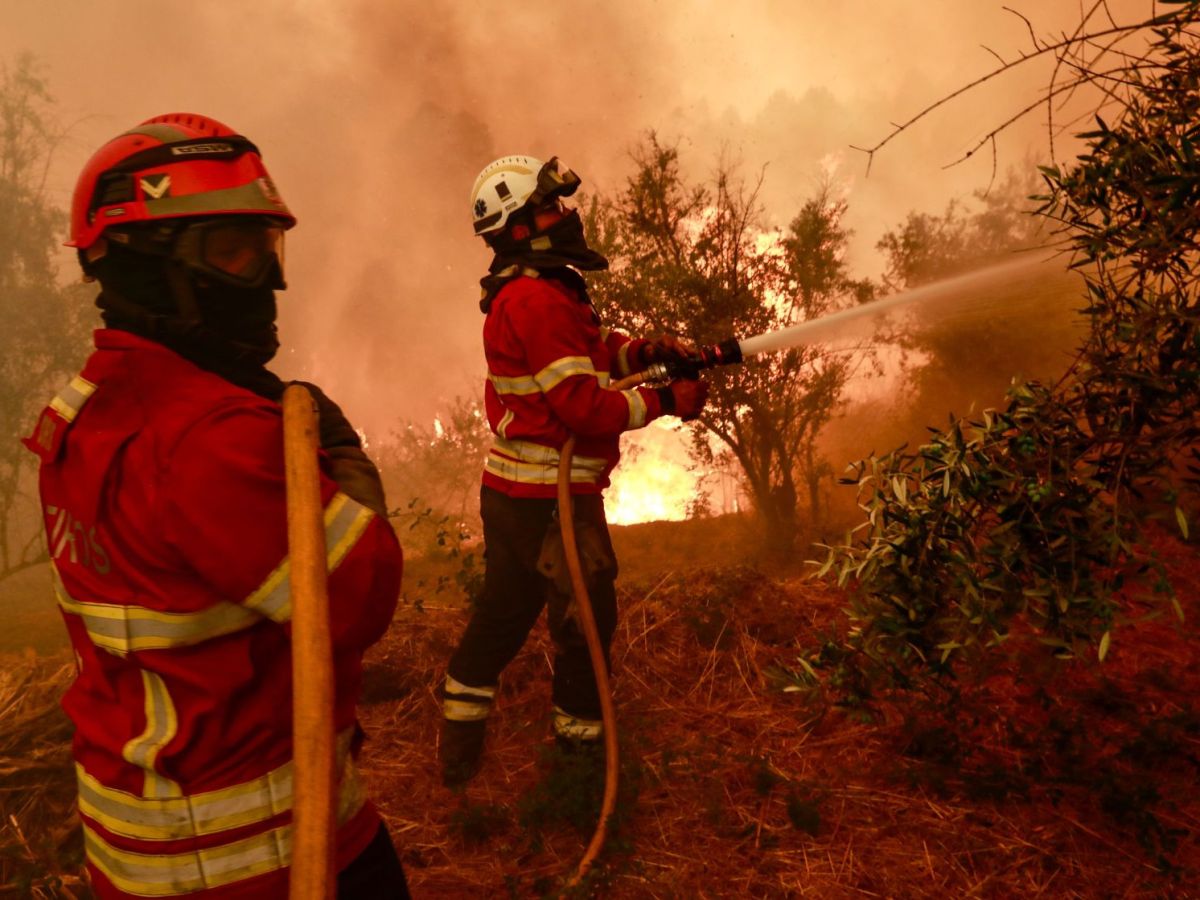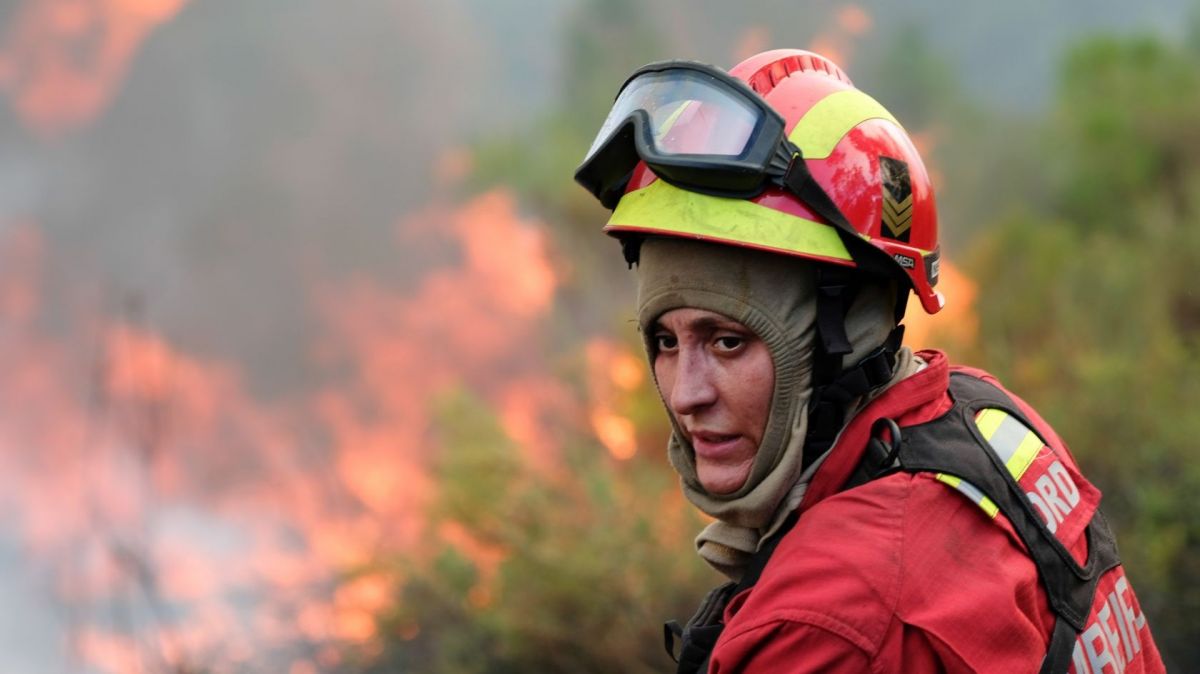A preliminary analysis of the 2025 fires, covering the period from January 1 to August 31, accessed by Lusa news agency, indicates that 7,046 fires broke out, consuming 254,000 hectares.
"As of August 31, although the number of fires remains significantly below the historical average, as in recent years, 2025 is on track to be one of the three worst years ever in terms of burned area," states the analysis by SGIFR, part of the Agency for Integrated Rural Fire Management (AGIF).
The years with the highest burned area, as of August 31st, are 2003 (421,000) and 2005 (308,000), although the most tragic year of all time is 2017, when the October fires are counted.
The analysis also shows that the northern and central regions are the most affected, and the Arganil fire, which started on August 13th and lasted 11 days, recorded the largest burned area, a total of 65,417 hectares, followed by the Trancoso fire, with 55,000 hectares.
According to the document, 35 major fires occurred this year, with more than 500 hectares of burned area. 18 of these started in the North, 12 in the Center, and five in the Alentejo. These fires represent "only 0.5%" of the total fires, but 92% of the total burned area.
The Integrated Rural Fire Management System highlights that six of these major fires (17%) started at night, between 10:00 PM and 6:00 AM.
Preliminary analysis also indicates that the affected area is mostly scrubland, herbaceous plants, and sparse vegetation (69%), followed by forests (22%) and agricultural areas (9%).
The data reveal that the burned areas fall within privately managed areas, while in areas managed by forest perimeters, Forest Intervention Zones (ZIFs) and Integrated Landscape Management Areas (AIGPs), 94,000 hectares (4%) burned in 2025.
According to the document, carbon emissions from this year's fires "are quite significant – 3.3 million tons." In comparison, total national emissions are approximately 15 million tons per year.
"As of August 31, 2025 is the third year (excluding the previous year) with the highest number of days of meteorological fire danger in the two highest categories ('Extreme' and 'Exceptional'). August 2025 was the most severe since 2003, recording a long period of consecutive days with weather conditions conducive to the occurrence of large fires," the analysis further states.














